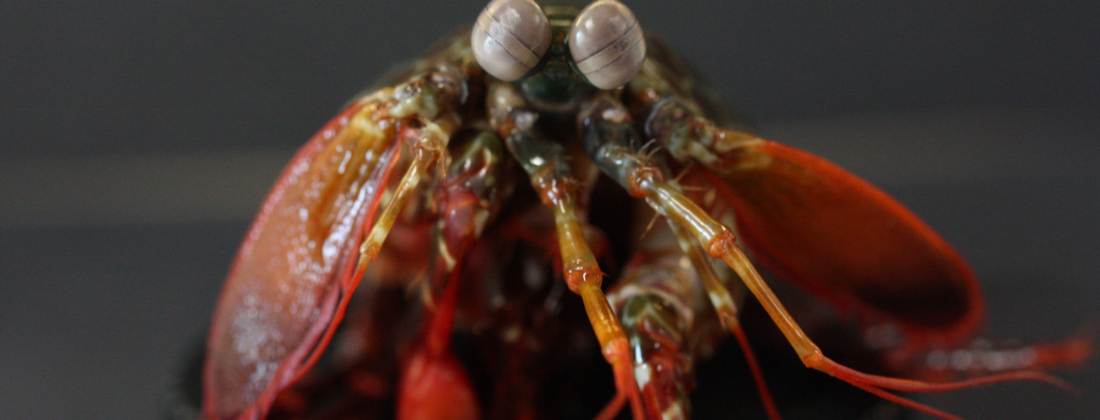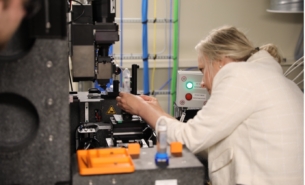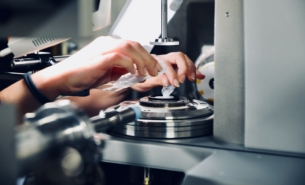Mantis shrimp or stomatopods, intrigue humans due to their beauty but also fierce predatory behavior.
While some species of mantis shrimp have a limb that resembles a spear to pierce through their prey, others such as the peacock mantis shrimp, instead possess clubs that enable them to punch prey with the speed of a .22 caliber bullet.
Since the mantis shrimp’s common prey such as mollusks are usually made of the same material as the club the shrimp uses to attack them, scientists from the Department of Chemistry at Aarhus University in Denmark conducted an experiment at MAX IV’s DanMAX beamline to learn more about the club’s structure.
”It’s really interesting for us to understand how can the club be made from the same material as what it is destroying and still not break from the impact,” explained Thorbjørn Christensen, PhD student at Aarhus University’s Department of Chemistry.
The fact that the club is made of different materials that are distributed throughout different regions throughout the club implies that the animal may control where different materials and thus also the load are allocated within the club, according to Nina Kølln Wittig, Facility Manager at Aarhus University’s Interdisciplinary Nanoscience Center.
The team of scientists used DanMAX beamline, X-ray fluorescence, and scattered beam measurements to study samples from three different species in order to examine the different components, compositions, and distributions of the different materials. The results from these examinations will be crucial for the team’s future efforts to find out more about how exactly the mantis shrimp club works so effectively in practice.
“When you know how something is structured, you can build models to computationally calculate how load would be distributed, but you have to know what it is made of to do this. Otherwise, your model will be poor of course,” explained Wittig.




